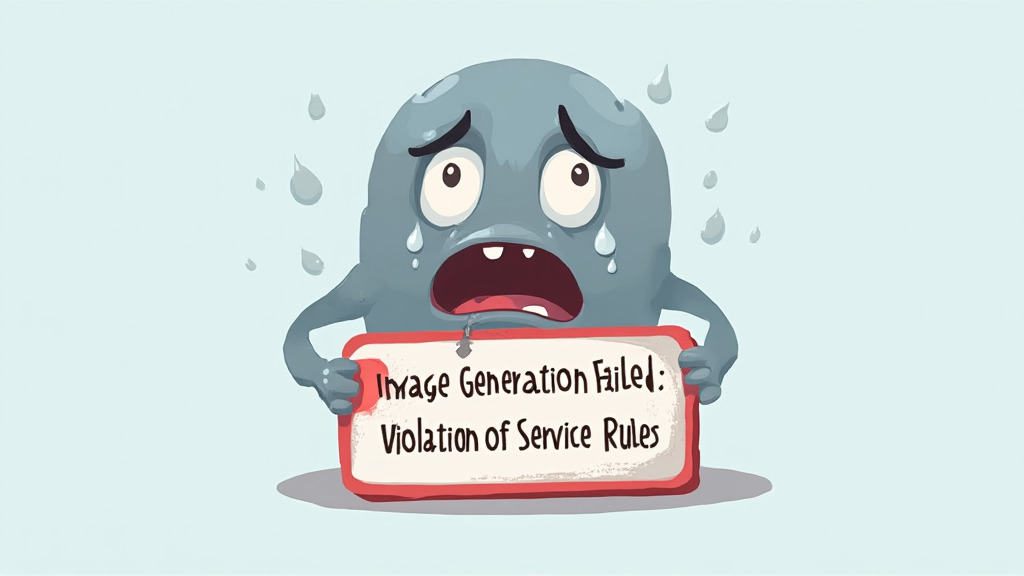Navigating the Stock Market Rollercoaster: Tips for Investors
What Causes Market Fluctuations?
Market fluctuations ar primarily driven by supply and demand dynamics. When demand exceeds supply, prices rise. Conversely, when supply outstrips demand, prices fall. This interplay is influenced by various factors, including economic indicators, geopolitical events, and market sentiment.
Key factors include:
These elements can create volatility. Volatility can present both risks and opportunities. Understanding these causes is crucial for informed investing. Knowledge is power in finance.
The Impact of Economic Indicators
Economic indicators significantly influence market trends. For instance, strong GDP growth often leads to increased investor confidence. This can drive stock prices higher. Conversely, rising unemployment rates may signal economic distress. Such news can trigger market sell-offs.
Key indicators include:
These metrics provide insights into economic health. Understanding them is essential for strategic investing. Knowledge is crucial in finance.
Investment Strategies for Uncertain Times
Diversification: Spreading Your Risk
Diversification is a critical strategy for managing investment risk. By allocating assets across various sectors, he can mitigate potential losses. This approach reduces exposure to any single investment’s volatility. It is a prudent method for uncertain market conditions.
Key benefits include:
Investors should consider different asset classes. This includes stocks, bonds, and alternative investments. A well-diversified portfolio is essential for long-term success.
Long-Term vs. Short-Term Investing
Long-term investing focuses on capital appreciation over years. This strategy allows for compounding returns. In contrast, short-term investing seeks quick gains. It often involves higher risks and market timing.
Key considerations include:
Long-term investors can weather market volatility. Short-term strategies require constant monitoring. Patience is vital for success. Knowledge is essential in finance.
Technical Analysis: Reading the Market
Key Indicators to Watch
Key indicators are essential for effective technical analysis. He should monitor price trends and volume changes. These metrics provide insights into market momentum. Additionally, moving averages can help identify potential reversals.
Important indicators include:
Understanding these tools enhances decision-making. Knowledge is crucial for successful trading.
Chart Patterns and Trends
Chart patterns and trends are vital for technical analysis. They help identify potential price movements. Recognizing patterns like head and shoulders or double tops can signal reversals. This knowledge aids in making informed decisions.
Common patterns include:
Understanding these formations enhances market predictions. Patterns reveal trader sentiment. Knowledge is key in investing.
Fundamental Analysis: The Bigger Picture
Evaluating Company Performance
Evaluating company performance is crucial for fundamental analysis. Key metrics include earnings per share (EPS) and return on equity (ROE). These indicators provide insights into profitability and efficiency. Additionally, analyzing revenue growth trends is essential. This helps assess a company’s market position.
Other important factors are:
Understanding these metrics informs investment decisions.
Understanding Market Sentiment
Understanding market sentiment is essential for fundamental analysis. It reflects the overall attitude of investors toward a particular security. He should consider indicators like the Fear and Greed Index. This index provides insights into market psychology.
Key factors influencing sentiment include:
Positive news can drive prices up. Negative news often leads to declines. Emotions play a significant role. Knowledge is crucial in ijvesting.
Risk Management Techniques
Setting Stop-Loss Orders
Setting stop-loss orders is a vital risk management technique. These orders automatically sell a security when it reaches a specified price. This helps limit potential losses in volatile markets. He should determine an appropriate stop-loss level based on his risk tolerance.
Key considerations include:
Using stop-loss orders can protect capital. They provide a disciplined approach to trading. Knowledge is essential for effective risk management.
Position Sizing Strategies
Position sizing strategies are crucial for effective risk management. They determine the amount of capital allocated to each trade. He should base his position size on his overall portfolio and risk tolerance. This approach helps mitigate potential losses.
Key factors include:
Using a consistent method enhances discipline. It prevents emotional decision-making. Knowledge is vital for successful trading.
The Role of News and Media
How News Affects Market Sentiment
News significantly influences market sentiment and investor behavior. Positive news can lead to increased buying activity, while negative news often triggers sell-offs. He should pay attention to economic reports and geopolitical events. These factors can shift market dynamics rapidly.
Key influences include:
Understanding news impact is essential for informed trading. Timely information shapes market perceptions.
Staying Informed: Reliable Sources
Staying informed through reliable sources is essential for effective decision-making. He should prioritize reputable financial news outlets and economic reports. These sources provide accurate and timely information. Additionally, following expert analyses can enhance understanding of market trends.
Key sources include:
Using credible information helps mitigate risks. Knowledge is power in investing.
Psychology of Investing
Emotional Decision-Making
Emotional decision-making can significantly impact investment outcomes. Investors often let fear and greed drive their choices. This can lead to impulsive actions, such as panic selling or overtrading. He should recognize these emotional triggers to maintain discipline.
Key factors include:
Understanding these psychological elements is crucial for success. Awareness can improve decision-making processes. Knowledge is essential in investing.
Overcoming Fear and Greed
Overcoming fear and greed is essential for successful investing. These emotions can cloud judgment and lead to poor decisions. He should develop a disciplined investment strategy to counteract these feelings. This includes setting clear goals and adhering to a plan.
Key strategies include:
Maintaining emotional control enhances decision-making. Awareness is crucial for long-term success.
Integrating Cryptocurrency into Your Portfolio
Understanding Crypto Market Dynamics
Understanding crypto market dynamics is crucial for portfolio integration. Cryptocurrencies exhibit high volatility and unique trends. He should analyze market cycles and investor sentiment. This helps in making informed decisions.
Key considerations include:
Diversifying with cryptocurrencies can enhance returns. Knowledge is essential for effective investing.
Balancing Traditional and Digital Assets
Balancing traditional and digital assets is essential for a diversified portfolio. He should consider the risk-return profile of each asset class. This approach helps mitigate overall portfolio volatility. Additionally, understanding market correlations is crucial for effective allocation.
Key factors include:
A balanced strategy enhances long-term growth. Knowledge is vital for informed decisions.
